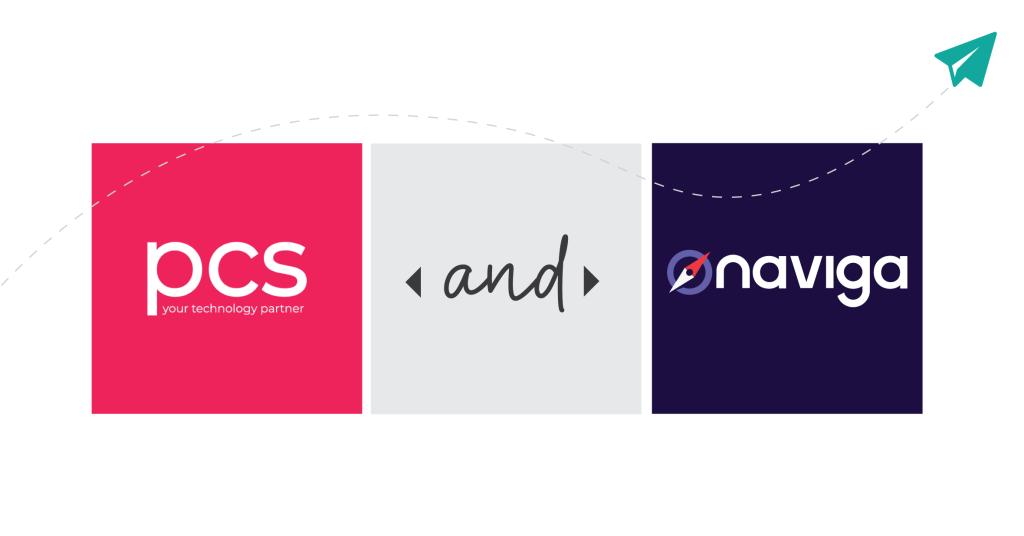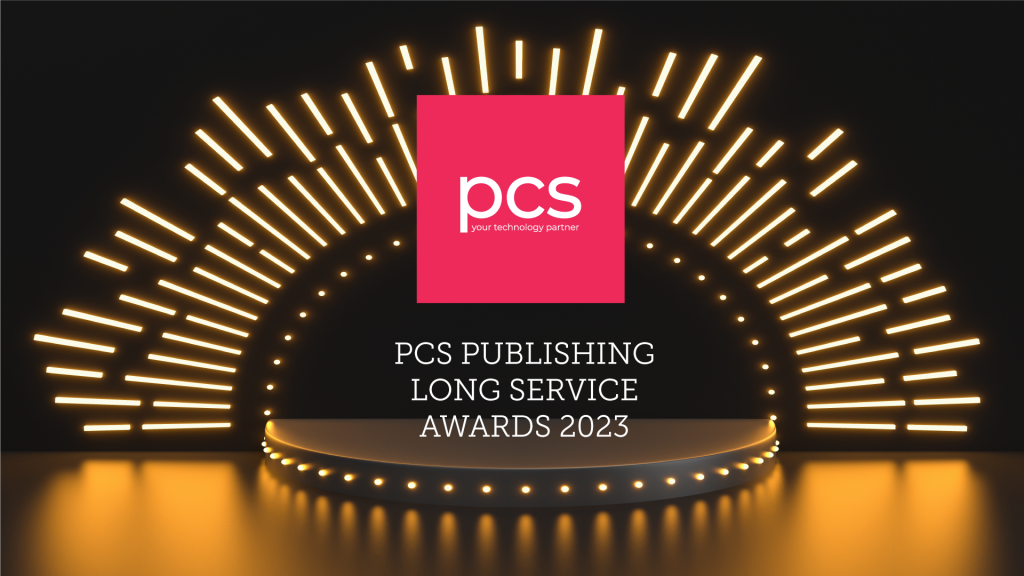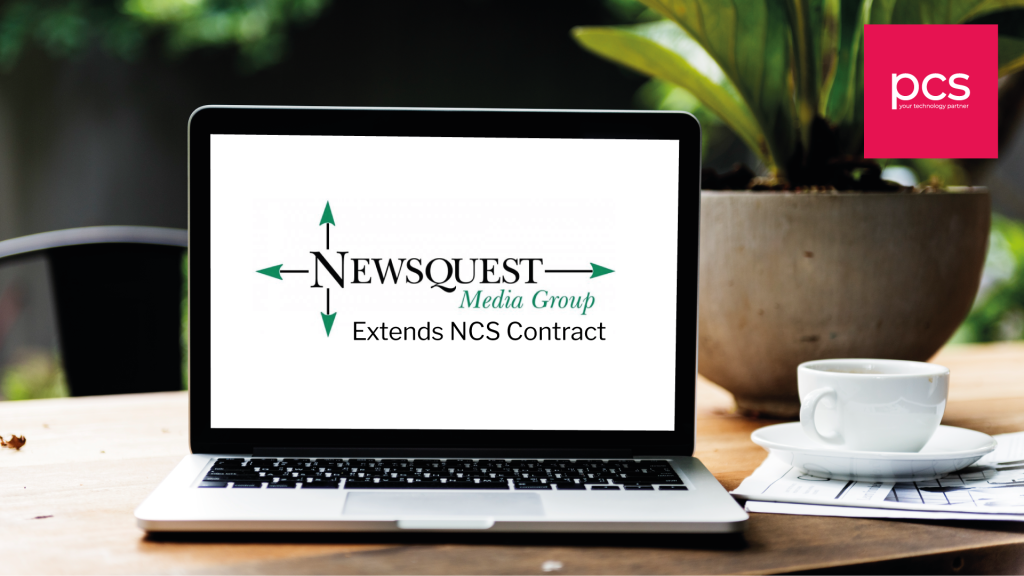
Paywalls can be a bit of a gamble – you want your articles to be read, so the natural solution is to make access free. But that means you lose out on revenue. But if you set up a paywall and charge too much, you’ll drive away loyal readers.
Getting the balance between providing great content at the right price can be tough. We recently published a blog giving tips on creating quality content to get you to the pole position of Google rankings, drive website traffic, and accelerate digital revenues. You can read it here, once you’re finished with this article.
Back to paywalls!
Fortunately, magazine publishers are finding ways to make paywalls work in their favour, particularly if their content is created for a niche audience prepared to pay to get the latest updates. So, from planes, trains and automobiles, to gardening, rambling and poetry writing, there are magazines out there people will buy every month because they complement their hobbies and lifestyle.
Condé Nast, which has titles including Vogue, GQ, Tatler, House & Garden and Vanity Fair, is putting up paywalls across all its brands by the end of the year. It appears that Condé’s move is based on a metered approach that will vary between titles, is a first among consumer-focused lifestyle magazines. While rival Hearst Magazines is starting to toy with packaging some content, like that of Esquire’s political columnist Charles Pierce, behind a paywall.
Pamela Drucker Mann, Condé’s chief revenue and marketing officer, recently said: “Honestly, I wish we had done this yesterday. It’s going to be a game-changer.”
PCS takes a partnership approach to supporting publishers with paywalls. Our role is to help publishers get content online in the most efficient manner possible. PCS has a proven track record of increasing the number of stories publishers upload to websites, as well as reducing the time it takes to publish digitally – 10 minutes down from three hours per article. We’ve also helped make it easier for publishers to get an article on to a website by reducing the number of clicks from 50+ to just five.
This results in more stories being published, and therefore more traffic to website. In fact, one of our customers saw an uplift of 300%. The subsequent benefit to publishers is the ability to focus on monetising this content in whatever way they see fit, such as paywalls.To help publishers navigate through the paywall options, here is an overview of the different paywalls out there and how they have worked for each publication:

1. A ‘hard’ paywall
This has been a popular paywall for publishers such as The Times and The Telegraph. It allows visitors to either read one or two articles for free, or maybe just part of an article, and then asks for a subscription to read more.
However, according to research from niche bookselling site Bookwitty, this type of paywall can be risky as 90% of readers won’t carry on reading more and will leave the site.
The Times saw its readership fall, however the small number that paid for the subscription generated more revenue for the digital media version of the newspaper than ever before. The paper now has around 413,600 subscribers across print and digital platforms.
The Financial Times was recently named as one of the most trusted papers in the country, so it’s no surprise that advertising is a smaller part of their revenue as it has more than 600,000 paying readers.
2. A ‘metered’ paywall
This is a very accessible type of paywall as it allows visitors to access a number of articles before a paywall appears. This means the customer is able to read some content before they decide whether it is valuable to them and they want to read on.
One example of this is The New York Times, which allows visitors to read 10 articles each month for free.
Initially, it allowed visitors to read 20 free articles per month. However, it was decided to reduce the number of free articles after rapid growth in the number of subscribers. Meredith Kopit Levien, the executive vice president and COO of New York Times Co, stated: “It’s a very hot news cycle. We think it’s as good conditions as any to demonstrate to people that high-quality journalism is something to be paid for.”
3. A ‘freemium’ paywall
This focusses on ensuring visitors see adverts when they read articles, but premium content is hidden behind a paywall. Visitors can read some articles while seeing advertisements, but premium content is hidden behind a paywall. The Guardian uses a three-level subscription monetization model with freemium as its main one.
Visitors have access to articles but they have to see plenty of ads, and are encouraged to make a donation. After receiving access to the daily edition, ads vanish and readers can concentrate on premium quality news.
Guardian News and Media editor-in-chief, Katharine Viner, has said a hard paywall “isn’t really a conversation” at the news group anymore as she declared its “rewarding” donations method to be working. Viner said analysis carried out by the group showed revenue from a paywall would equal what it currently earns from subscriptions and contributions, but without the advantage of “scale”.
Paywalls and subscriptions have benefits both for magazine publishers and their subscribers. For the publishers, it means that they can generate income from their customer base without using ads, which can greatly affect the reader’s experience. Publishers will see that they have loyal visitors who pay money to read their articles. What’s more, annual subscriptions can bring more revenue than monthly advertising campaigns.
The main concern with a monetisation model is that publishers can lose benefits of the advertising channel and have to think about how to attract visitors and turn them into customers. Companies usually choose freemium and metered paywalls to achieve this goal, while more established ones are free to use hard paywalls.
There is one other fly in the paywall ointment and that comes courtesy of Google. Currently, a number of news sites, such as the New York Times, block incognito readers. The incognito setting is a privacy feature in some web browsers, which disables browsing history and the web cache, thereby allowing people to get around paywalls. Many publishers have some form of incognito ‘catcher’ that prevents this. However, the next version of Google Chrome, which is due to be release at the end of July, will prevent publishers from detecting incognito browsers. You can read more about that here.
The PCS solutionThe PCS approach is to remove as many manual processes as possible, thereby giving publishers the ability to create once, but publish anywhere. Our editorial solution, Knowledge Publish, can operate with any website CMS. This is because we build interfaces to a customer’s CMS so editorial staff can publish digital content all without leaving the Publish system.
By creating content in a channel agnostic environment, a publisher can simultaneously share content across various channels, whether that’s digital, social or print, without having to produce specific content for each channel, but with the flexibility to adapt if required.
All these factors contribute to publishers increasing digital revenue as a whole, not just via a paywall. For example, a lower subscription charge to undercut rivals can lead to more subscribers. The increased number of subscribers will offset the reduced subscription fee. Additionally, providing a higher number of subscribers with access to great quality and regular content will aid the sale of online ads for a higher fee.
While there will always be some sites that will publish content for free, over the next few years many publishers will move down the paywall route and when they do PCS is here to support them.





